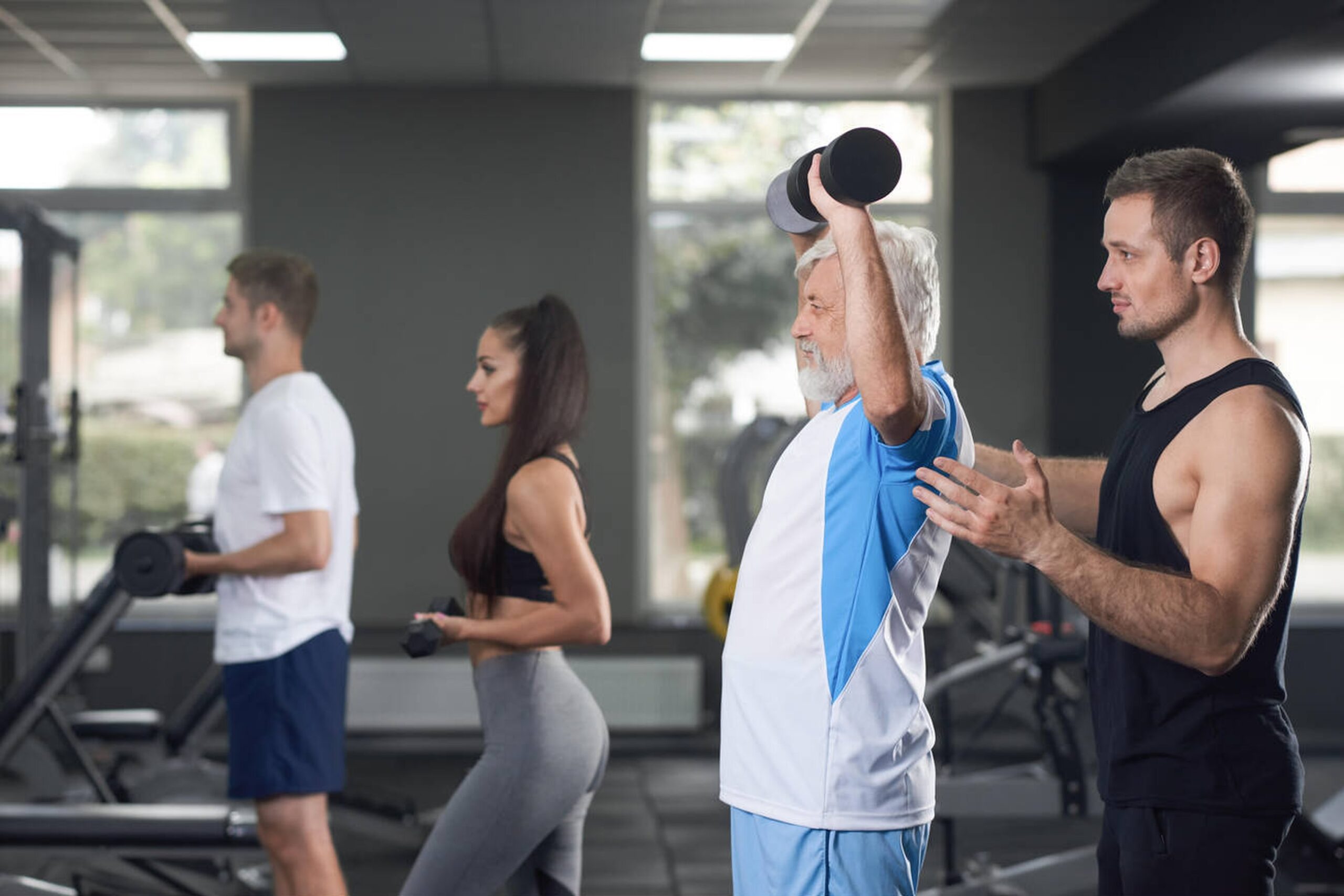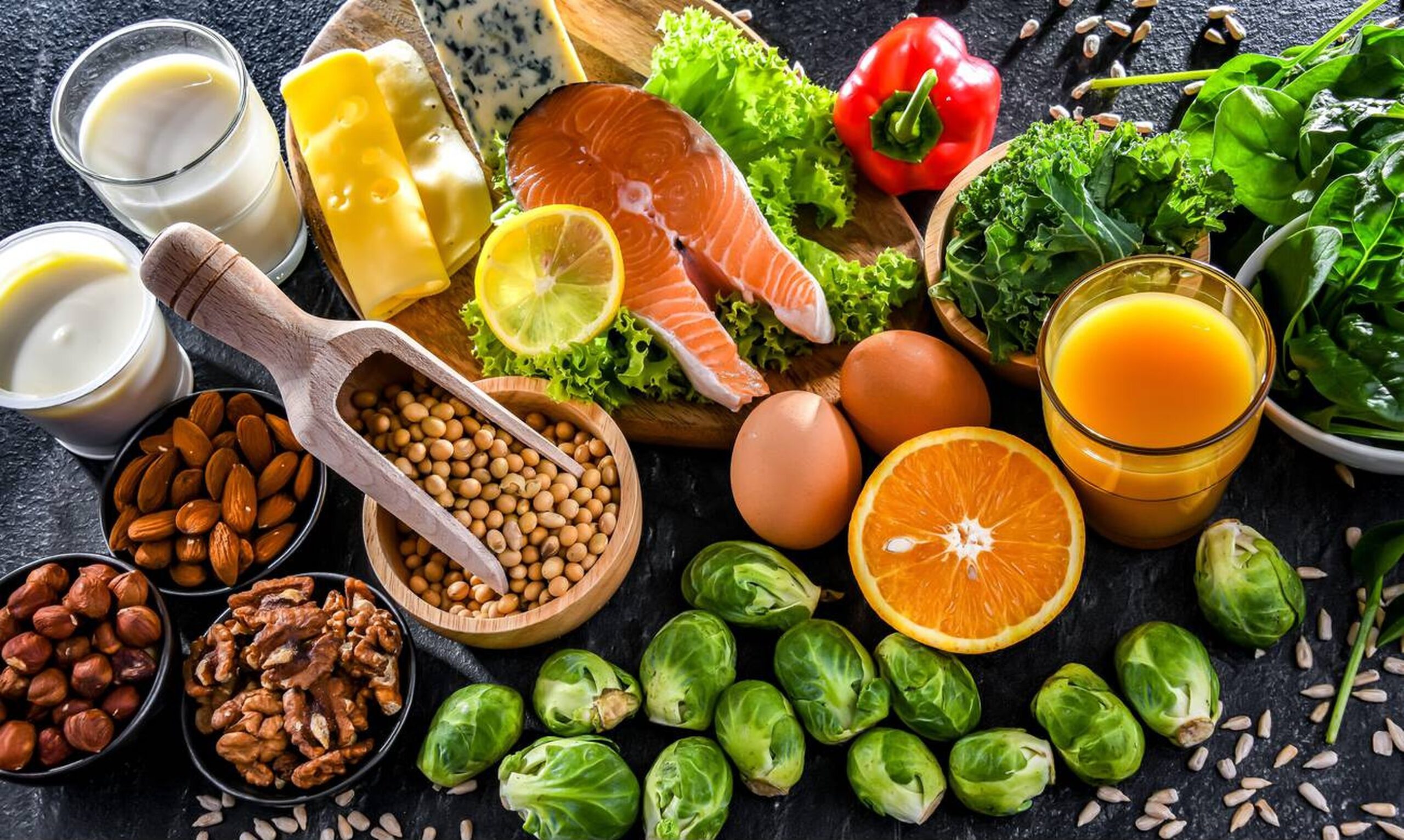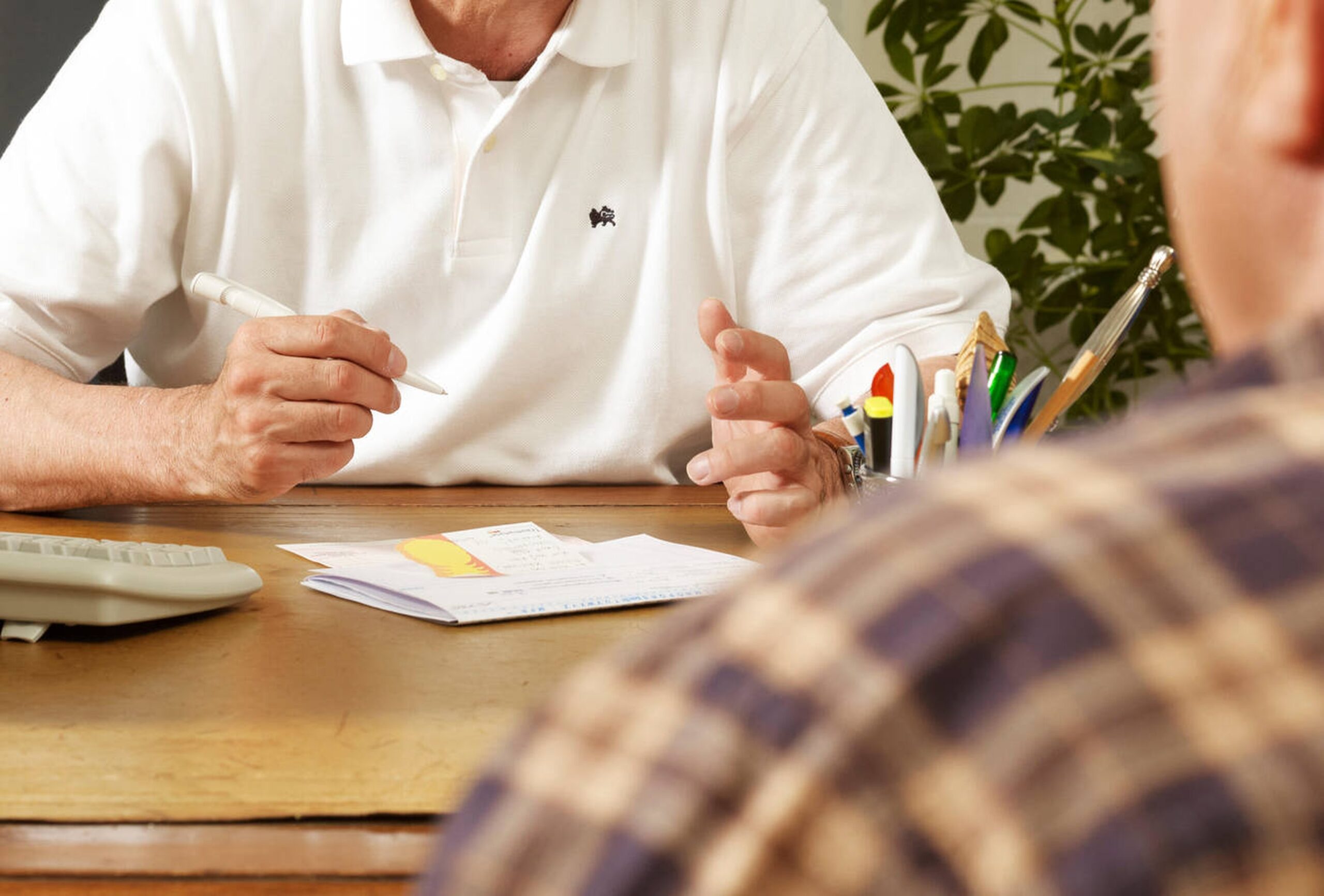A Patient’s Guide to Boosting Bone Density and Preventing Osteoporosis

We often think of our bones as a static, unchanging frame. In reality, they are living tissue, constantly breaking down and rebuilding. As we age, this balance can shift, leading to a gradual loss of bone density. This guide offers a clear, actionable plan to help you strengthen your bones, prevent osteoporosis, and maintain a strong foundation for a healthy life.
Understanding Bone Density and Osteoporosis
Bone density is a medical measure of the minerals—primarily calcium and phosphorus—packed into a segment of bone. Think of it as an indicator of how solid and resilient your skeleton is. When bone density drops below a certain threshold, the condition is called osteoporosis. This makes bones porous and fragile, dramatically increasing the risk of fractures from minor falls or even simple actions like coughing.
What are the Primary Risk Factors?
While bone loss is a natural part of aging, several factors can accelerate it:
- Age and Gender: Bone mass peaks in our late 20s. Post-menopausal women are at the highest risk due to the sharp decline in estrogen.
- Genetics: A family history of osteoporosis increases your risk.
- Lifestyle: A sedentary life, smoking, and excessive alcohol consumption are major contributors to bone loss.
- Nutrition: A lifelong diet low in calcium and vitamin D is a primary cause.
The Three Pillars of Building Stronger Bones
Improving your bone density isn’t about a single magic bullet; it’s about a consistent strategy built on three pillars: nutrition, exercise, and smart lifestyle choices.
Pillar 1: Nutrition – The Best Bone-Strengthening Foods
Your diet provides the raw materials for bone construction. Focus on incorporating these key nutrients:

- Calcium: The #1 building block for bones. Aim for 1,000-1,200 mg per day.
- Excellent Sources: Dairy (milk, cheese, yogurt), leafy greens (kale, broccoli), fortified orange juice, tofu, and almonds.
- Vitamin D: This vitamin is essential for your body to absorb calcium. Most people need 600-800 IU daily.
- Excellent Sources: Sunlight exposure (15-20 minutes a day), fatty fish (salmon, mackerel), egg yolks, and fortified milk.
- Magnesium & Vitamin K: These nutrients play supporting roles in bone metabolism.
- Excellent Sources: Nuts, seeds, whole grains, and dark leafy vegetables like spinach and Brussels sprouts.
Pillar 2: Exercise – The Most Effective Workouts for Bone Density
Mechanical stress on your bones signals your body to build them back stronger. The best exercises are weight-bearing and resistance-based:
- Weight-Bearing Exercises: These activities force your body to work against gravity. Examples include brisk walking, hiking, dancing, and climbing stairs.
- Resistance Training: This involves moving against resistance to build muscle and bone. Examples include lifting weights, using resistance bands, and bodyweight exercises like push-ups and squats.
- Balance and Flexibility: Activities like yoga and tai chi are crucial for preventing falls, which are the leading cause of fractures in older adults.
Pillar 3: Smart Lifestyle Habits
Certain habits can silently undermine your bone health. To protect your skeleton, it’s vital to:
- Quit Smoking: Smoking impairs the body’s ability to absorb calcium and can lower estrogen levels.
- Limit Alcohol Consumption: Excessive alcohol intake interferes with bone-building cells and vitamin D production.
- Maintain a Healthy Weight: Being underweight is a significant risk factor for osteoporosis.
How is Bone Density Measured?
While you can’t “check” your bone density at home, you should be aware of warning signs like a loss of height or a stooped posture. However, the gold standard for accurately measuring bone density is a DEXA (Dual-Energy X-ray Absorptiometry) scan. This quick, painless test can diagnose osteoporosis before a fracture occurs and help predict your future fracture risk.
When to Consult an Orthopedic Specialist
While these lifestyle changes are powerful, professional guidance is essential if you have significant risk factors, have already experienced a fracture, or want a personalized prevention plan. An expert can interpret your DEXA scan results, recommend supplements if needed, and create a safe exercise regimen.

For those in the Delhi area seeking expert care, Dr. Neelabh is a highly regarded orthopedic doctor specializing in bone health and osteoporosis management. A consultation can provide the clarity and treatment plan needed to protect your bones for the long term.
Conclusion: A Lifelong Commitment to a Stronger You
Protecting your bones is a lifelong marathon, not a sprint. By nourishing your body with bone-strengthening foods, staying active, and making conscious lifestyle choices, you can significantly reduce your risk of osteoporosis and enjoy a mobile, independent life for years to come. If you have concerns, don’t hesitate to seek professional medical advice.
Frequently Asked Questions (FAQs)
Q1: What are the first signs of low bone density?
A: Unfortunately, low bone density is often silent. The first sign is typically a fracture. However, risk factors like family history or early menopause should prompt a discussion with your doctor about getting a DEXA scan.
Q2: Can you reverse osteoporosis?
A: While you can’t completely reverse bone loss, you can significantly slow it down and even improve bone density with medication, diet, and exercise, which lowers your risk of future fractures.
Q3: Is walking enough to build bone density?
A: Brisk walking is a great weight-bearing exercise, but for optimal results, it should be combined with some form of resistance training (like lifting weights or using bands) a few times a week.
Q4: Do I need to take calcium supplements?
A: It’s best to get calcium from your diet. However, if you cannot meet your daily needs through food, your doctor may recommend a supplement. Always consult a professional before starting supplements.
Q5: At what age should I worry about bone density?
A: Bone health is important at every age. Building strong bones in your youth is crucial. However, concerns about bone *loss* typically begin around menopause for women and after age 65 for men, which is a good time to discuss screening with your doctor.
Q6: Is dairy necessary for strong bones?
A: No. While dairy is an excellent source of calcium, you can achieve your daily intake through non-dairy sources like fortified plant-based milks (almond, soy), tofu, leafy greens (kale, collard greens), and almonds.
Q7: Are there medications to treat osteoporosis?
A: Yes. For those diagnosed with osteoporosis, doctors may prescribe medications called bisphosphonates or other biologic drugs that help slow bone loss and reduce fracture risk. These are used in addition to diet and exercise.
Q8: Is running good or bad for bone density?
A: Running is a high-impact, weight-bearing exercise and is generally excellent for building bone density in the hips and spine. However, it may not be suitable for those with existing joint problems or severe osteoporosis.
Q9: Why are women more at risk for osteoporosis?
A: Women typically have smaller, thinner bones than men. Furthermore, the sharp drop in the hormone estrogen during menopause accelerates bone loss significantly, making them more susceptible.
Q10: Can I improve bone density after a fracture?
A: Yes. After a fracture, it is more important than ever to focus on bone health. A doctor will create a plan that includes proper nutrition, safe exercises, and possibly medication to help strengthen your bones and prevent future fractures.
